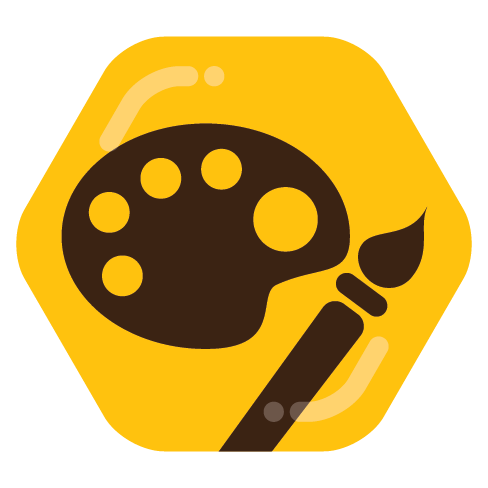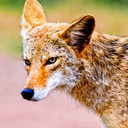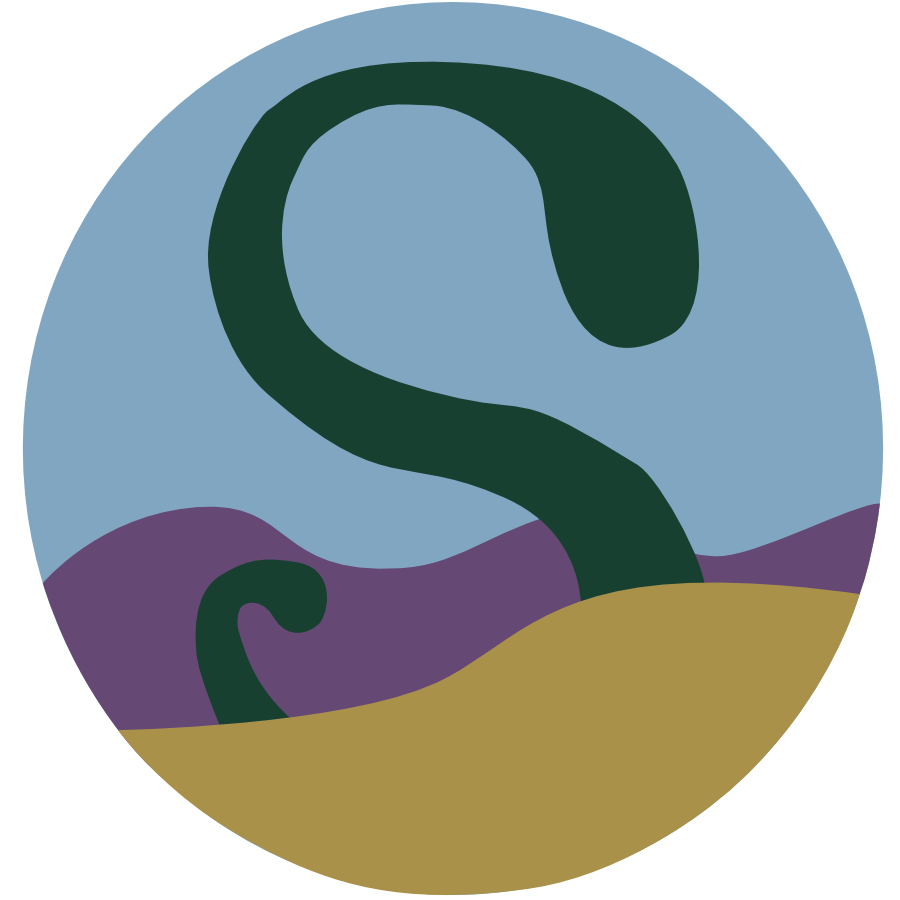I keep trying to level up my drawing (weird and misshapen and also agonizingly slow), and so I’m starting again on this book. The transformations the author claims from their week-long workshops seem unreal and impossible-to-believe to me.
I remember attempting a portion of this book in high school, but I also remember quitting before getting half-way through. (And my “pre-training” drawings this time look distinctly untrained) At this point I think I’m putting off the next exercise because it just seems so big and long, and I have trouble focusing on drawing for a whole hour at a time.
This was actually the book we mostly learned from in my art classes way back in high school, my teacher was a big believer in it! I don’t think it’s necessarily a one stop shop for learning to draw, and the science is pretty outdated, but I do agree with the other commenter that it’s handy for learning to loosen up and to look at and notice things in the way you need to to be able to draw them. Rather than going all in on one method I’ve found it really beneficial since then to add more classical construction and anatomy/form study techniques to the techniques I’ve learned from it, I think they complement each other well. But I do still very much find it handy on its own specifically when I want to render a really exact image from reference.
I’m slowly working through that book. I do not think the science cited is necessarily rock solid, but I have found it helpful and fun for a way into creatively loosening up in general. Which I still struggle with.
As someone who is very much a beginner, I found it really helpful though I never finished it. At the very least it helped me figure out a lot of what I was doing wrong and get un-stuck in getting better.
UPDATE: finally sat down and did the upside-down copy of Picasso’s portrait of Igor Stravinsky and the end result did indeed surprise me, although somehow in my version the chin is just gone and as I was doing it I had several moments of “wait these lines from over here are supposed to meet up with these lines from over there and they’re nowhere near each other—why did I follow the instructions and not do the outline first?”.
Next the book is talking about what I drew as a kid, and I absolutely hated drawing and coloring as a kid so that’s going to be fun. (I would get classwork sent home from first grade to finish at home where what I’d been unable to finish in class was color in regions of a picture. Do the little math problems to find out what color to use in each region? Done instantly. Color? Noooo…)



